
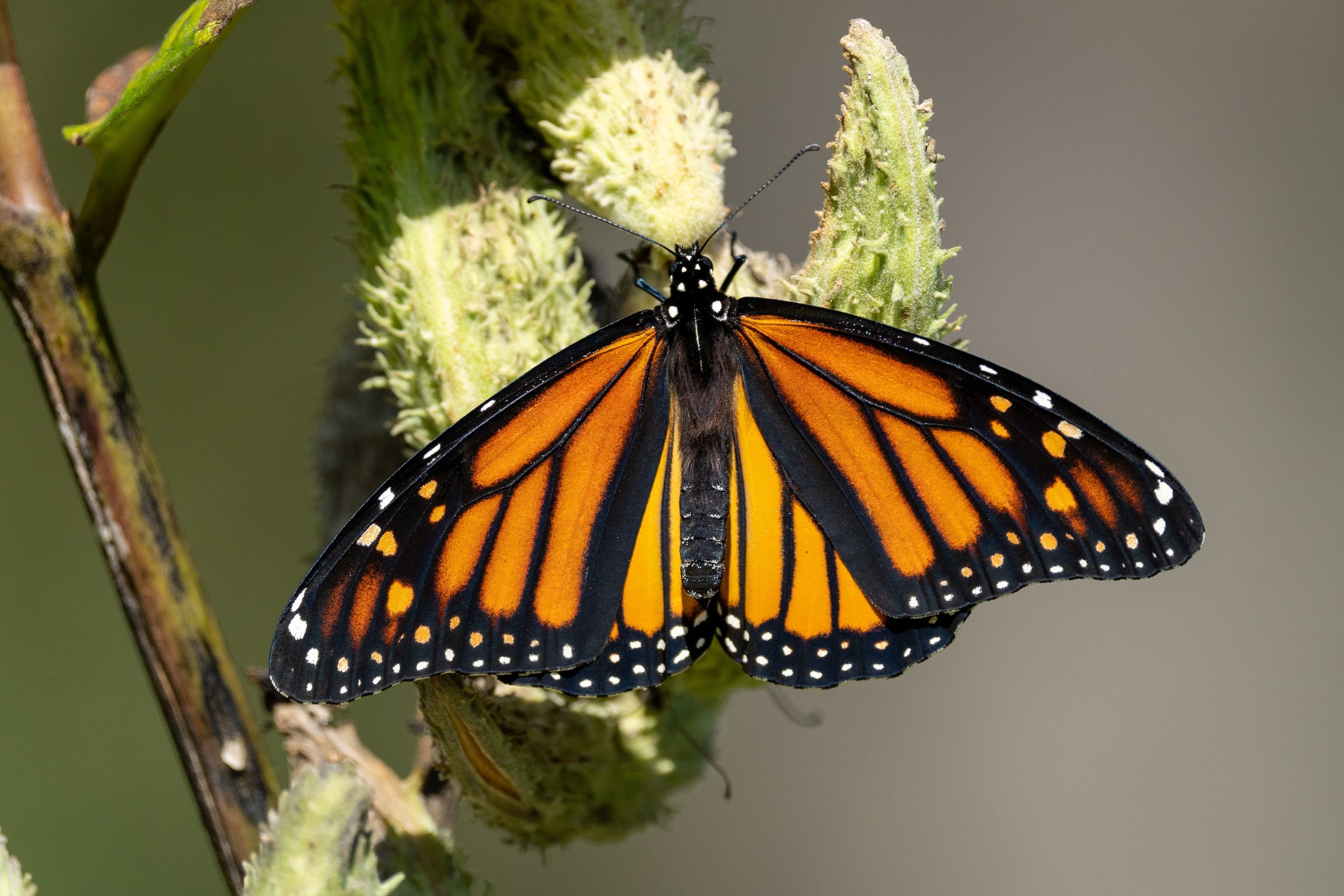
The Great Monarch Migration
Monarch tagging at our latitude begins August 29! They are about to embark on an incredible journey

Help Scientists by Collecting Data with the Great Backyard Bird Count
For four days each February, birdwatchers of every skill level can participate in a global event for the love and wellbeing of birds.
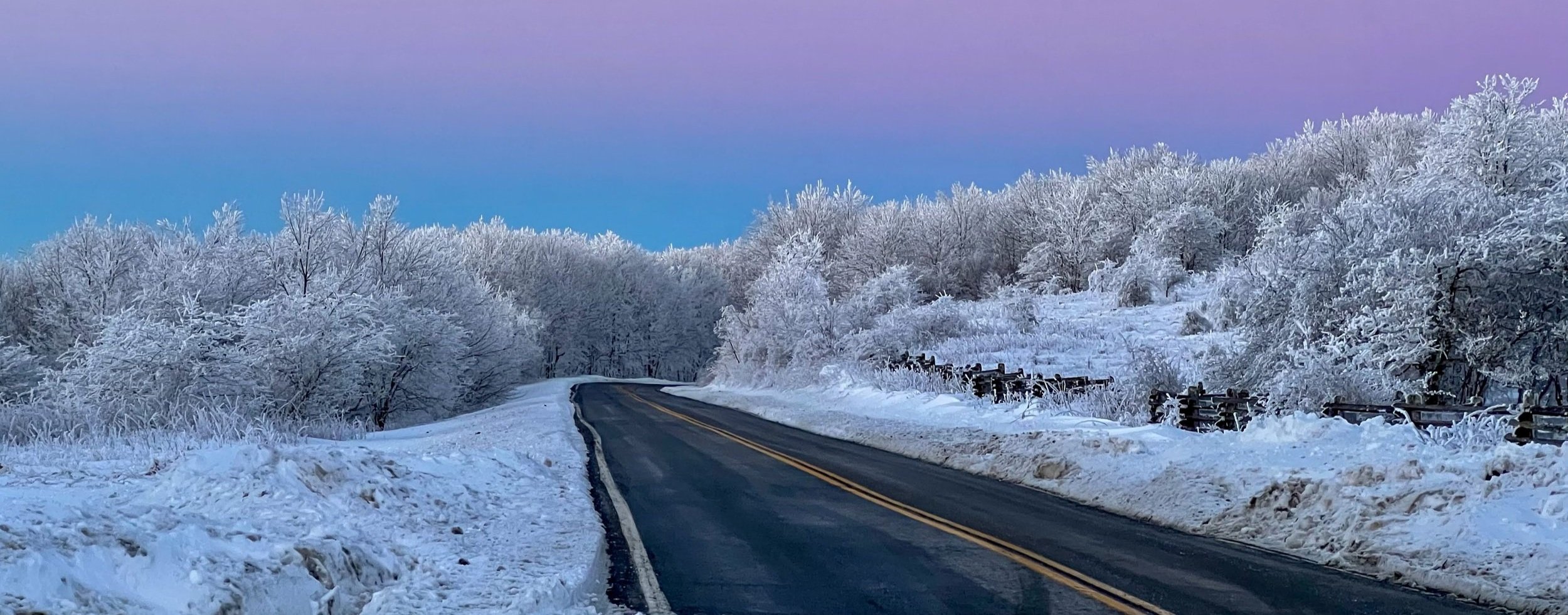
Excessive Road Salt: AsSALTing Our Streams
Putting down salt on traveling surfaces can help make them safer during treacherous winter conditions. But excessive levels of salt has consequences in our waterways.
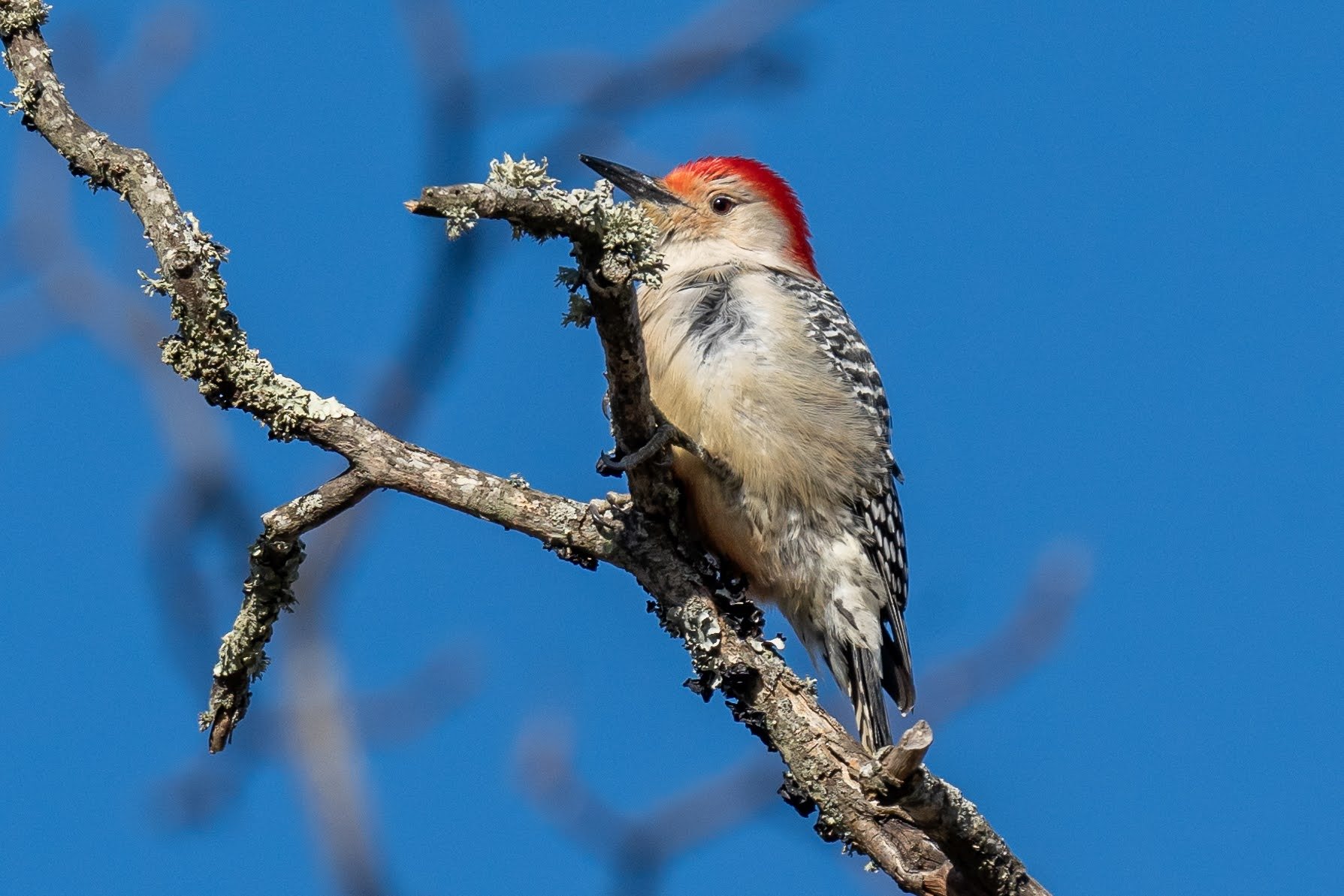
BRDC takes on Burkes Garden!
This past Saturday, BRDC staff and friends set off on an expedition to see the superb bird species of Burkes Garden in Tazewell, VA.
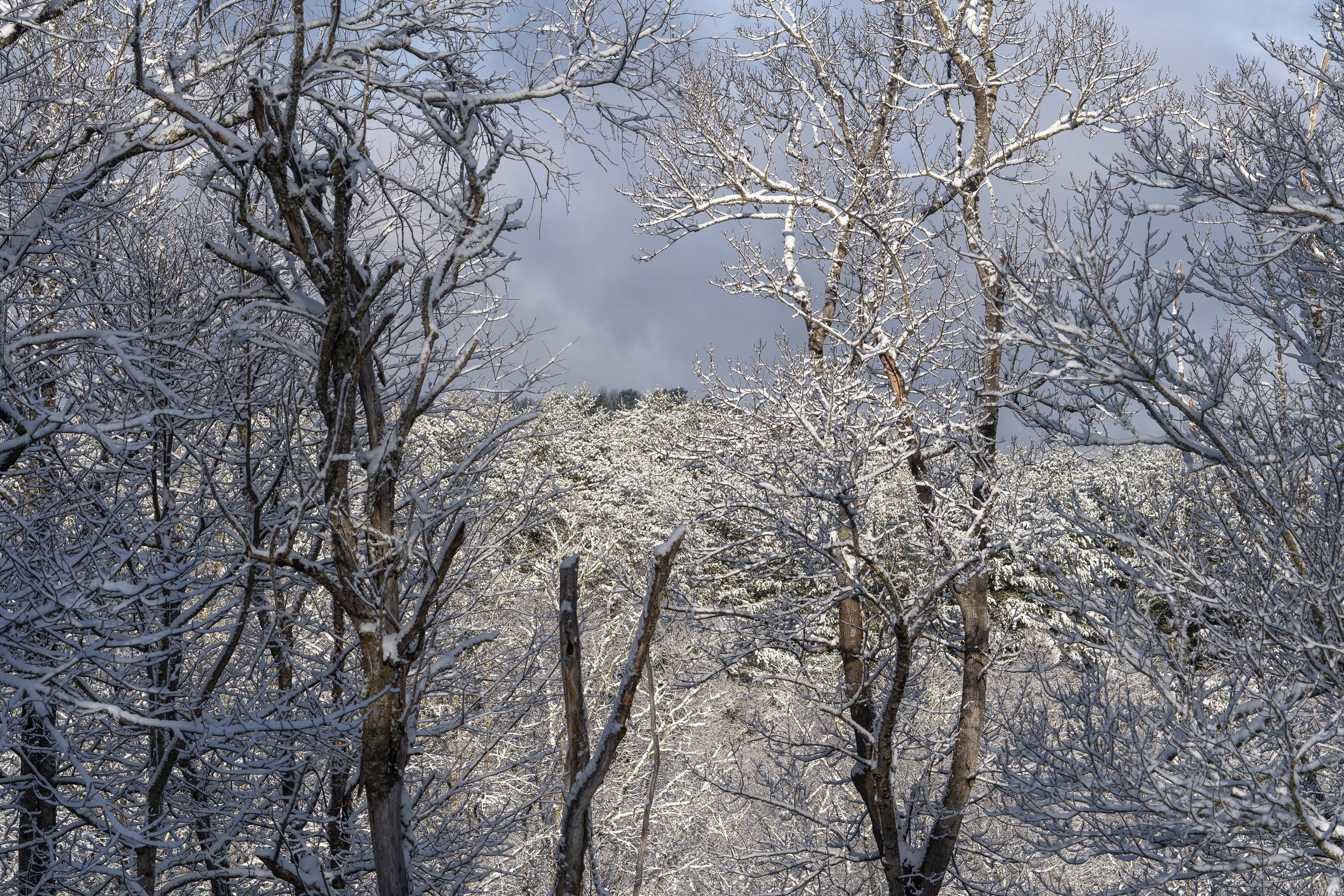
February Events
As the temperatures cool down, Blue Ridge Discovery Center isn’t slowing down! With darkness settling in sooner in the evenings, we are entering the prime season for stargazing. And with trees and shrubs losing their foliage, the winter months allow for fewer visual obstructions during birdwatching, including sighting rare wintering birds from the far north. There’s something for everyone over the coming months. Join us! Click event titles for more information.
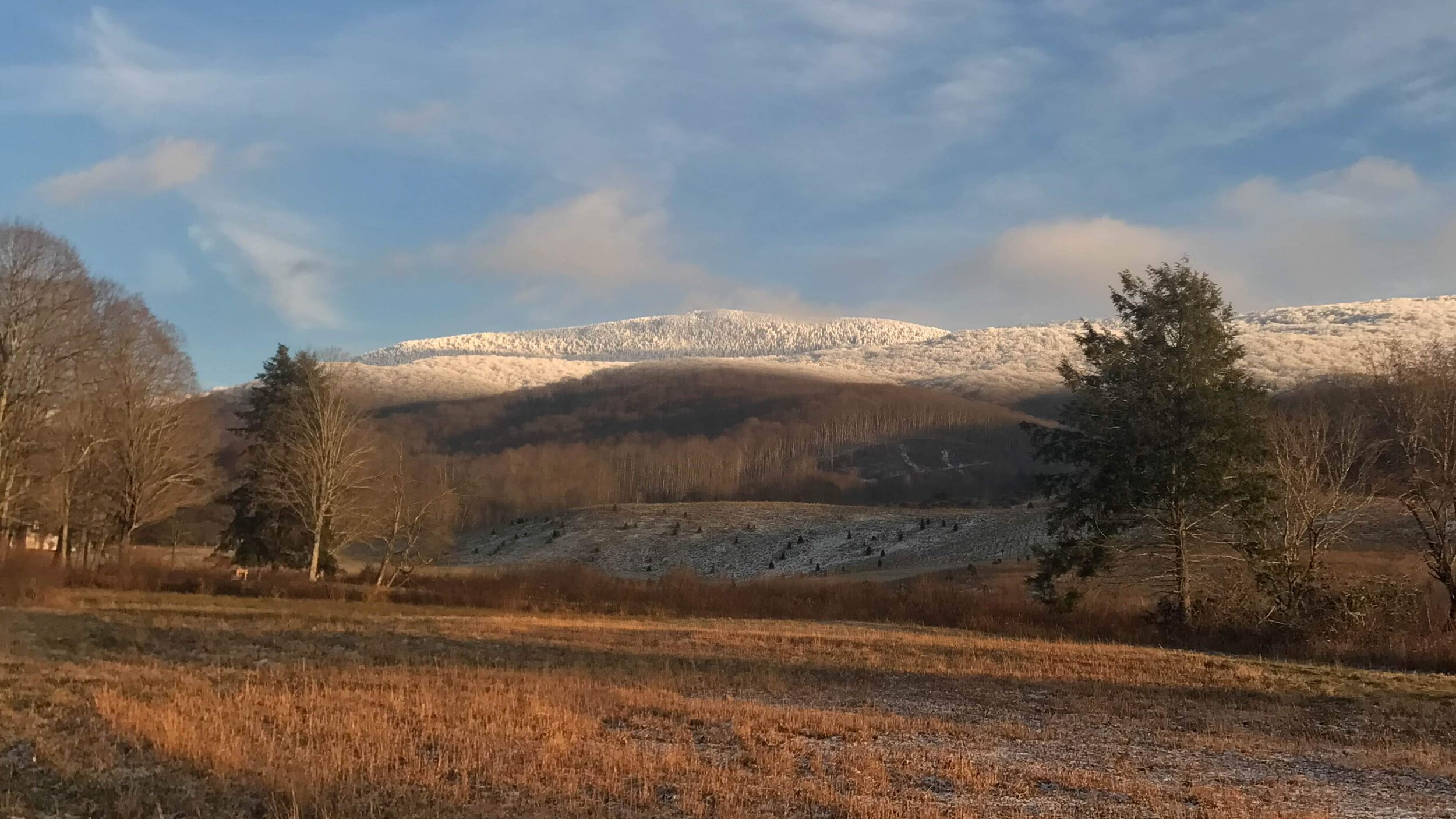
Upcoming Events
As the temperatures cool down, Blue Ridge Discovery Center isn’t slowing down! With darkness settling in sooner in the evenings, we are entering the prime season for stargazing. And with trees and shrubs losing their foliage, the winter months allow for fewer visual obstructions during birdwatching, including sighting rare wintering birds from the far north. There’s something for everyone over the coming months. Join us! Click event titles for more information.

Upcoming Events
As the temperatures cool down, Blue Ridge Discovery Center isn’t slowing down! With darkness settling in sooner in the evenings, we are entering the prime season for stargazing. And with trees and shrubs losing their foliage, the winter months allow for fewer visual obstructions during birdwatching, including sighting rare wintering birds from the far north. There’s something for everyone over the coming months. Join us! Click event titles for more information.
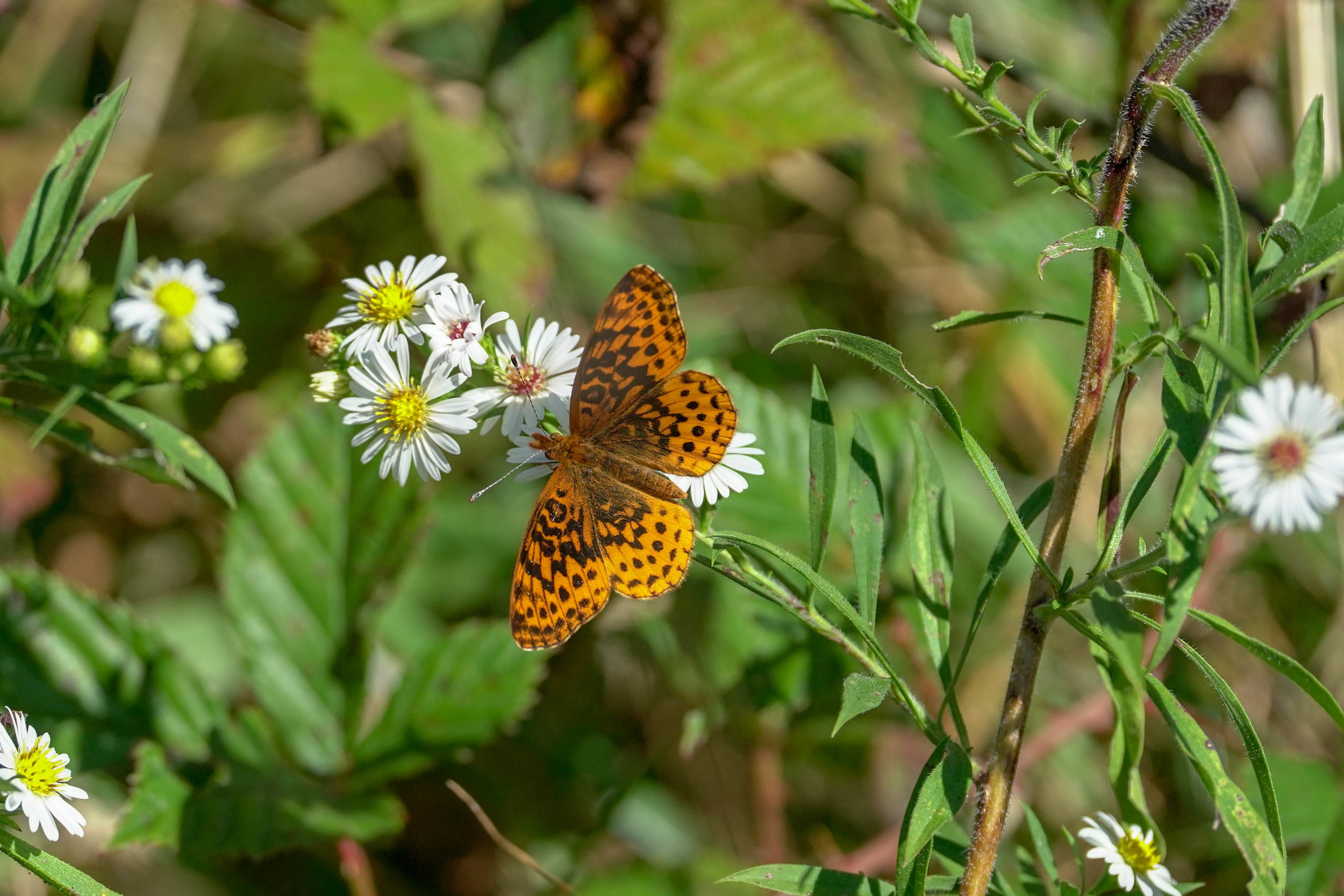
Butterflies and Community Science
Butterflies are one of the most beautiful elements of the natural world, and scientists now recognize that they can also serve as one important indicator of the health of ecosystems.
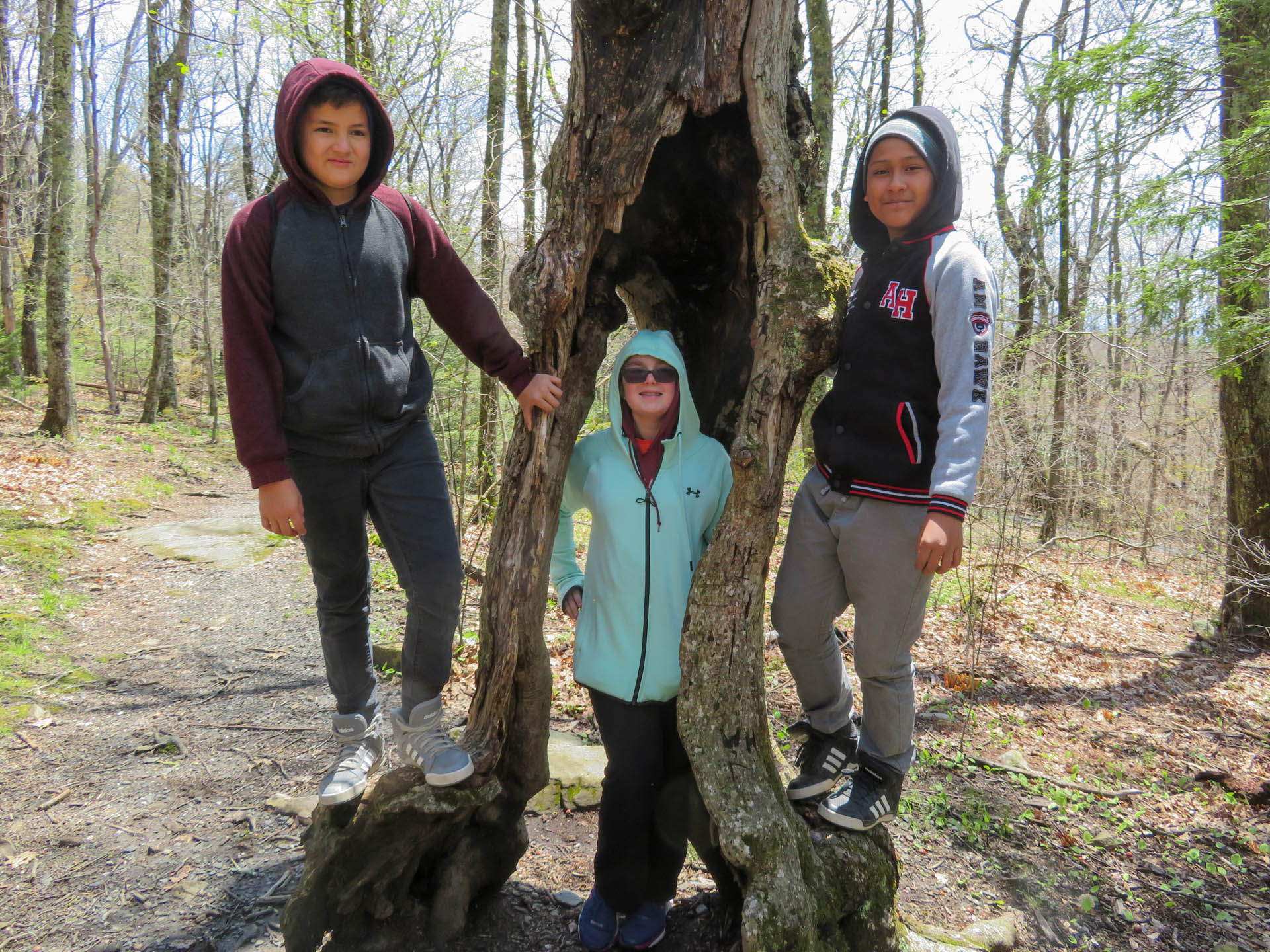
Galax Middle Visits Grandfather Mountain
On May 6th, students from Galax Middle School took a trip up 5,946’ to the top of Grandfather Mountain in North Carolina. There they had the opportunity to learn about the various flora and fauna that inhabit the mountains’ 16 distinct ecosystems.

Bird Feeders and Community Science
Blue Ridge Discovery Center's Natural Heritage Program brings bird feeders and citizen science to Grayson County Public Schools for the month of November.